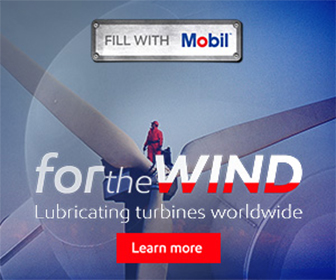Developers Missing Opportunities To Maximise Returns In Wind Monitoring - Dulas
Dulas, a leading renewable energy consultancy, has highlighted how wind investors and developers can maximise their financial returns through better-informed decision-making and deployment of wind monitoring technologies during project development. The findings have been detailed in a new report, Enhanced Data and Enhanced Returns: Getting the best from wind monitoring technology, launched today, which sets out the factors to be considered when selecting between meteorological (met) masts and remote sensing units - and how this can impact on project profitability.
Accurately assessing a site's available wind resource is central to the profitable development and operation of a wind farm. Historically, met masts fitted with data loggers, wind vanes and other measurement devices have been used to glean this data, but with the emergence of new remote sensing technologies, and the decline of subsidy supports in the UK and elsewhere, there has been increased focus on how accurate wind data can best be secured.
Significantly, however, much of the discussion to date has centred on the relative merits of one technology over the other - failing to account for external site conditions and how these can influence the collection of data and projects' future financial health.
With wind speeds directly related to project returns, this is crucial, and a deviation of 5% from expected performance can impact project returns by 5-15%. Selecting and deploying the correct wind monitoring technology for a specific site will reduce the margin for error and ultimately enhance project returns.
Given Dulas' extensive experience in the supply and deployment of both met masts and remote sensing units across the UK and further afield, the report provides an independent assessment of the merits and capabilities of each technology.
It discusses in detail the factors to be considered if wind measurement campaigns are to completed as scheduled and to budget, including the height for which measurements are required, the foundation conditions on-site and market-specific issues that may limit developers' ability to efficiently deploy either a met mast or remote sensing technologies.
"Too often the decision to favour either met masts or remote sensing devices is made in isolation, far from the sites where they will actually be deployed," said Alistair Marsden, Commercial Director, Dulas.
"As a result, it's easy to overlook issues such as a site's accessibility, ground conditions, or difficult terrain, all of which can cause a project to incur additional and unforeseen costs and delays.
"Developers and investors must therefore bear in mind that the choice between met masts and remote sensing units is not a zero-sum game - both have a role to play in an integrated approach to wind resource assessment that factors the technology, site conditions and project timeline and resource budgets into the decision-making process."
Dulas | www.dulas.org.uk









